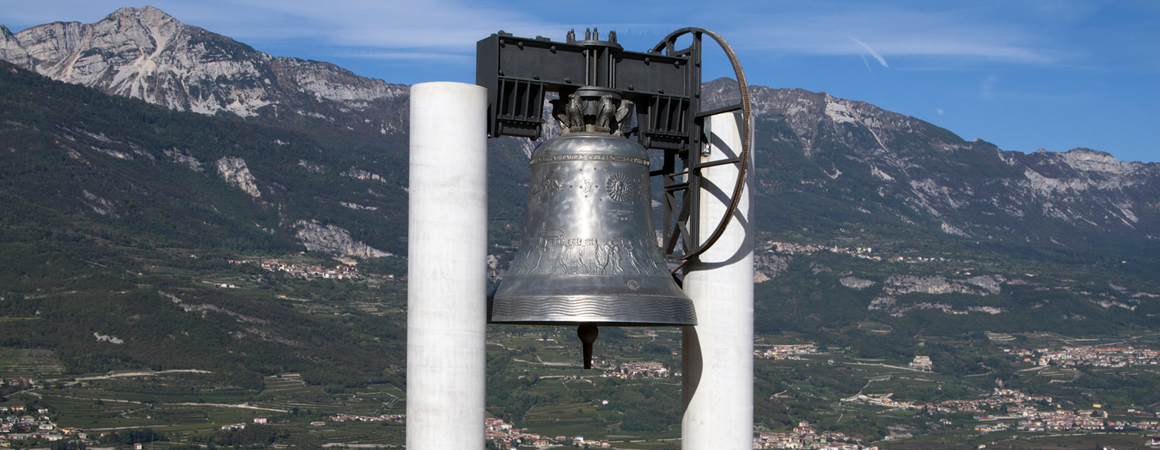There are currently 56 active conflicts in the world, the highest number since the end of World War II. This is the finding of the Global Peace Index report, published in June by the Institute for Economics & Peace. The Index uses 23 qualitative and quantitative indicators and measures the state of Peace in 163 states and territories considering three areas: the level of security and social protection, the extent of internal and international conflicts, and the degree of militarisation.
Iceland remains the most peaceful country in the world, a position it has held since 2008. Next to the ‘leader’ are Ireland, Austria, New Zealand and Singapore. Italy ranks 33rd, ahead of countries such as England, Sweden and Greece. Yemen is tragically in the bottom ranks along with Sudan, South Sudan, Afghanistan and Ukraine. The gap between the world’s most and least peaceful countries is wider today than it has ever been in the last 16 years. Europe is the ‘quietest’ region and is home to eight of the ten most peaceful countries. The regions of the Middle East and North Africa remain those most affected by conflict.
Out of 163 countries analysed, 97 recorded a worsening of the situation, while 65 reported an improvement. Conflicts, the report points out, are increasingly more internationalised, with 92 countries engaged in wars beyond their own borders. This is the worst data ever recorded since the Index was established in 2008.
The economic impact of global conflicts in 2023 was $19 billion. In contrast, spending on peacebuilding and peacekeeping amounted to USD 49.6 billion, or less than 0.6% of total military expenditure.
The key to building dialogue in times of conflict and uncertainty, the Report concludes, is ‘Positive Peace’, defined as the set of attitudes, institutions and structures that create and sustain peaceful societies.






